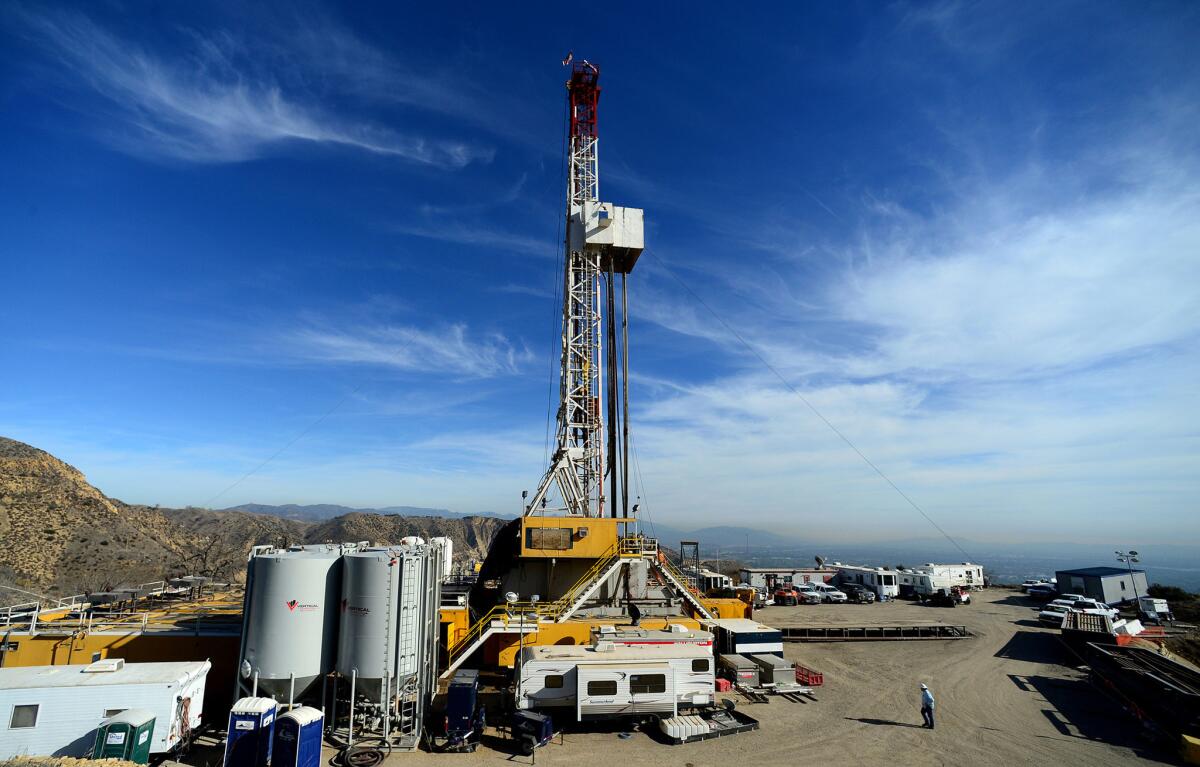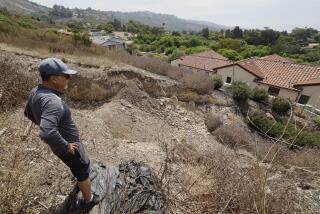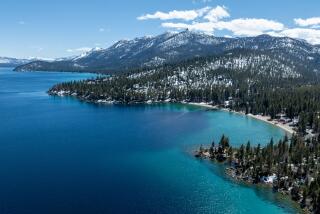Threat of Southland energy shortage due to Aliso Canyon fades

State energy agencies say conservation and other strategies should help Southern California avoid energy shortages during the winter amid low supplies at the Aliso Canyon natural gas storage plant.
That forecast stands in sharp contrast to the fears raised in the spring about possible rolling blackouts for as many as 14 days this summer and the potential for pilot lights to go cold in the winter without Aliso Canyon.
“So far — knock on wood — we’ve gotten through,” said Robert Weisenmiller, chairman of the California Energy commission. Still he warned: “We’re not out of the woodwork yet.”
During winter, homes and small businesses increase their natural gas use for space and water heating compared to summer when consumption by power plants soars. If typical weather patterns hold this winter in Southern California, there is no threat to energy supply from Nov. 1 through March 31, according to a 61-page report released late Monday by the California Energy Commission, the California Public Utilities Commission, the California Independent System Operator and the Los Angeles Department of Water and Power.
“The state’s assessment found that while risks to energy infrastructure still exist due to the uncertainty of weather and system conditions without Aliso Canyon, conservation and other mitigation measures are expected to help meet the energy needs of Southern California this winter,” the report said.
But widespread cold and dry weather could require Southern California Gas Co., which owns and operates Aliso Canyon, to increase natural gas withdrawals from some of its other storage facilities. More severe cold weather could require reductions in natural gas supply to electric generators or even consumers.
The energy agencies still argue that full use of Aliso Canyon is the best way to avoid energy shortages if winter weather proves unusually cold, or Southern California could fall under another threat of reductions in energy supply.
Critics of Southern California Gas, a subsidiary of Sempra Energy, and the state energy agencies argue that better management of the natural gas system would avoid the need for Aliso Canyon.
“SoCalGas and regulators overestimate ... winter demand to make the case that Aliso Canyon is essential for reliability this winter,” said Bill Powers, a San Diego engineer who conducted studies of Aliso Canyon for Food & Water Watch. “According to SoCalGas’ own data, the highest actual peak day demand over the last 10 years for natural gas in winter is significantly less than what they now claim will be needed.”
Aliso Canyon contains less than 20% of its capacity after a four-month leak that began in October forced Southern California Gas to release much of the facility’s supply. The state then ordered a moratorium on new injections and storage at the plant while inspectors checked the wells for safety.
The storage facility leak, the worst in U.S. history, caused 8,000 residents largely in the nearby Porter Ranch community to flee their homes after complaining of headaches, nosebleeds and nausea. The gas leak kept some residents out of their homes for months.
Southern California Gas on Wednesday dismissed Powers’ assertion, stating that in 2013 the utility reached demand levels that without Aliso Canyon would force reductions in energy supply to power plants, hospitals, airports, manufacturers, refineries and others.
“Restoring the injection capability of the Aliso Canyon natural gas storage facility to support energy reliability for the winter heating season is critical,” said Chris Gilbride, a spokesman for the utility.
A majority ofresidents near the storage field have told state lawmakers that they want the storage facility closed for good.
“The cost of keeping Aliso Canyon open is too high when you think about what it has cost the residents of Porter Ranch and other communities,” said Alexandra Nagy, senior organizer for Food & Water Watch. “Despite previous and ongoing scare tactics from SoCalGas, we have seen that the energy needs of Southern California are being met without using the leaky and dangerous Aliso Canyon gas field.”
State regulators and Southern California Gas warned in their April report that, without Aliso Canyon, Southern Californians could face as many as 14 days of blackouts this summer. With fewer than 30 days left before fall begins, the likelihood of that occurring has all but faded.
“It was bogus out of the gate,” Powers said. “For months we had to listen to warnings of 14 days of blackouts. It’s not like we even cut it close.”
For more energy news, follow Ivan Penn on Twitter: @ivanlpenn
UPDATES:
Aug. 24, 1:05 p.m.: This article was update with comments from Southern California Gas Co.
This article was originally published at 6:25 p.m. Aug. 23.
More to Read
Inside the business of entertainment
The Wide Shot brings you news, analysis and insights on everything from streaming wars to production — and what it all means for the future.
You may occasionally receive promotional content from the Los Angeles Times.











